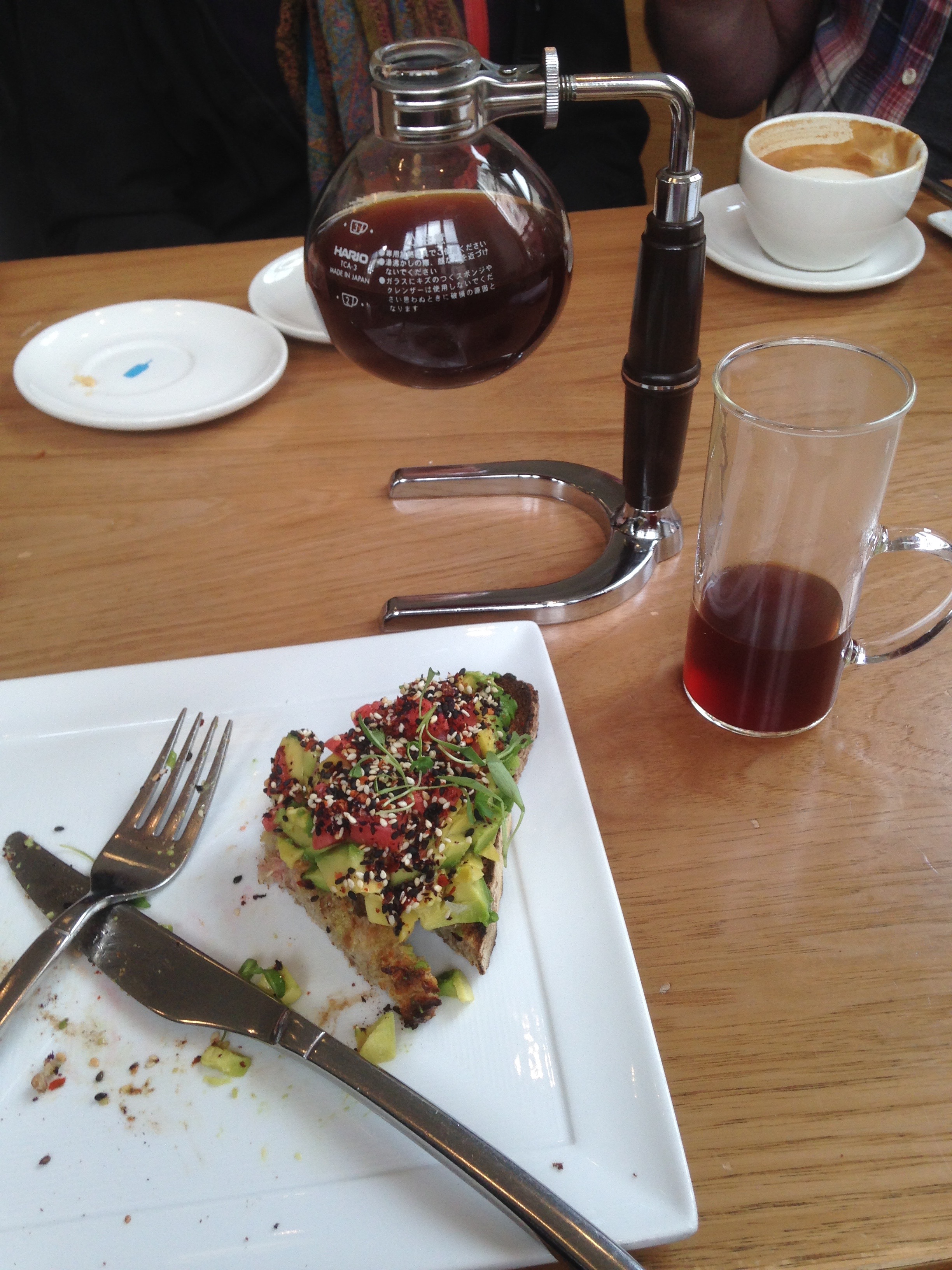Having attended last Friday’s academic sponsors’ day at MSRI, I can provide a little more context concerning the issues expressed last time.
But first, it’s time for the current edition of NAME AND SHAME:
There are currently 105 universities which contribute a yearly amount of money to MSRI. Although the amount of money is not insubstantial (about $5000 per institution), it sends a clear message to those outside mathematics (= potential donors) that we as a community value the job that MSRI does. (As a certain dean at Harvard once explained to me, nobody wants to make large donations to an institution unless they feel part of a larger movement, which requires a high rate of participation amongst everyone else.) Since the main focus of MSRI is generally as a research institution, you would certainly expect that (say) that all the top 25 ranked graduate programs in the US would be sponsors of MSRI. But this is not true! How could this be, you ask? I imagine the reason is that this funding is at the discretion of the chair, and you (as a department member) might not even think to ask if your institution is an academic sponsor of MSRI. So who are the miscreants who have skirted their obligations? The guilty party: Brown! Why is Brown not an institutional member of MSRI? Is it because of their precipitous drop in the USA rankings as an undergraduate programme over the last few decades? Is it because — let’s face it — things haven’t been the same since the halcyon days of the (admittedly rather sexy) undergraduate class of 2001? Is it because their endowment is so low that their check to MSRI bounced? Let your disappointment be known by emailing the chair, Jeffrey Brock. (Oh, and NYU is not a member also.)
OK, now back to the meeting. I learned a few things. First (and it’s a little hard to determine exactly what this means given the fungibility of money), the summer graduate schools are exactly paid for by contributions from academic sponsors. In this light, the issue of fairness is even more acute than I previously realized. Second, there is already a committee in place which is very much aware of the issues relating to mixed levels of backgrounds and is trying to find ways to address it. They seem to have a few good ideas (in particular, making clear before hand what the expectations will be, in order for universities to self-select appropriate students as well as give students with weaker backgrounds information on what they should learn about before hand), but I agree there’s no simple fix.
Naturally, of course, you also want the update on what’s going in the Berkeley culinary scene, or at least what can be ascertained from by a casual and infrequent visitor.
Andronico’s (also known as Astrinomico’s) has been replaced by Safeway. The decline in quality is immediately apparent — although to be honest, this judgement is mostly based from the brief look I had at the current Champagne selections.
Cafe Rouge has closed! I think Dipankar introduced me to this store. I had a great cassoulet there once.
Babette still does a very good coffee and pastry, although there was a charm to the previous outdoor space which seems to have been a little lost in the move. The new Blue Bottle Cafe is very shiny and has the very good manners to open early (e.g. early enough to get two cortados before going up the hill to MSRI).
I also made it (as is my habit) to visit Blue Bottle on Mint Plaza on my way to the airport for breakfast for some aeropress coffee as well as another cordato:

Cortado at Babette

Aeropress at Blue Bottle

Cortado at Blue Bottle (these are both from the Mint Plaza store in SF)
Besides hitting the cheeseboard (more of a miss this time, too much potato) and Babette for lunch, I only really had one free evening, but I did manage to also visit Cesar’s, Gregoire’s, and Chez Panisse for a progressive dinner of fino Sherry, lamb pasta (delicious), and a pear galette with Madeira. Arthur Ogus also made a cameo appearance on his bike picking up takeout at Gregoire’s.


“communinity”.
An educational post – I didn’t know that you ever drank coffee without milk in it.
It’s true that the cortado/small latte is my go to drink, but that’s because it is a complete breakfast.
A second point, which hardly seems credible but has some truth to it: I did have a doctor who told me to give up (amongst other things) caffeine, and espresso drinks tend to have less caffeine than other forms of coffee. (And a cortado is a much more forgiving drink than a straight espresso.)
I don’t understand how these universities find it at all acceptable that the people they pay to manage their endowments consistently underperform the market. The 1-year return on the S&P going back a year from the Bloomberg article is 7.2%; how do you lose 1.1%? Does some of that come from spending the endowment?
This is literally above my pay grade. I assume there is some spending, yes. But I also thought that, historically at least, many fund managers did consistently overperform the market.
Does the Brown-MSRI thing have anything to do with the existence of ICERM?
Same question as Professor Voloch. ICERM vs MSRI
I have no idea.
Probably I should let Jeff Brock (Brown’s math dept chair) or Brendon Hassett (ICERM director) answer, since I don’t actually know the answer, either. But I also didn’t publish a snarky blog post without looking into it. For whatever it’s worth, Brown is one of the few (only?) small private universities that hosts a large NSF-funded math institute, and Brown provides a large amount of support for that institute. So I’d think that Brown deserves to be lauded for its support of math, not criticized. And if I may be permitted my own snarkiness, neither UCBerkeley nor UChicago is an academic sponsor of ICERM. And they could be for the bargain price of $3K, a 40% discount over MSRI’s rate!
So are you now in a position to clarify why I’m hearing from MSRI that my lectures should be geared towards 1st year grad students because of the nature of the global selection process, whereas in your last blog post you seemed to be saying that if anyone from U Chicago comes, they will be a 5th year grad student because of the nature of the local selection process?
I’m not sure what “first year graduate student” means exactly in this context. I can say that your course was by far the most popular, and that there are currently somewhere like around 60 students going from presumably quite diverse backgrounds.
I may have though differently earlier, but at this point, I expect that if someone from U Chicago comes, they will approximately be a 3rd year student of Matthew Emerton who has a significant background in modular forms, may have written a senior thesis with Henri Darmon, and probably could not off the top of their head give a complete classification of smooth admissible representations of $latex \mathrm{GL}_2(\mathbf{Q}_p)$ over the complex numbers.
[GB points out that I couldn’t give such a classification either.]